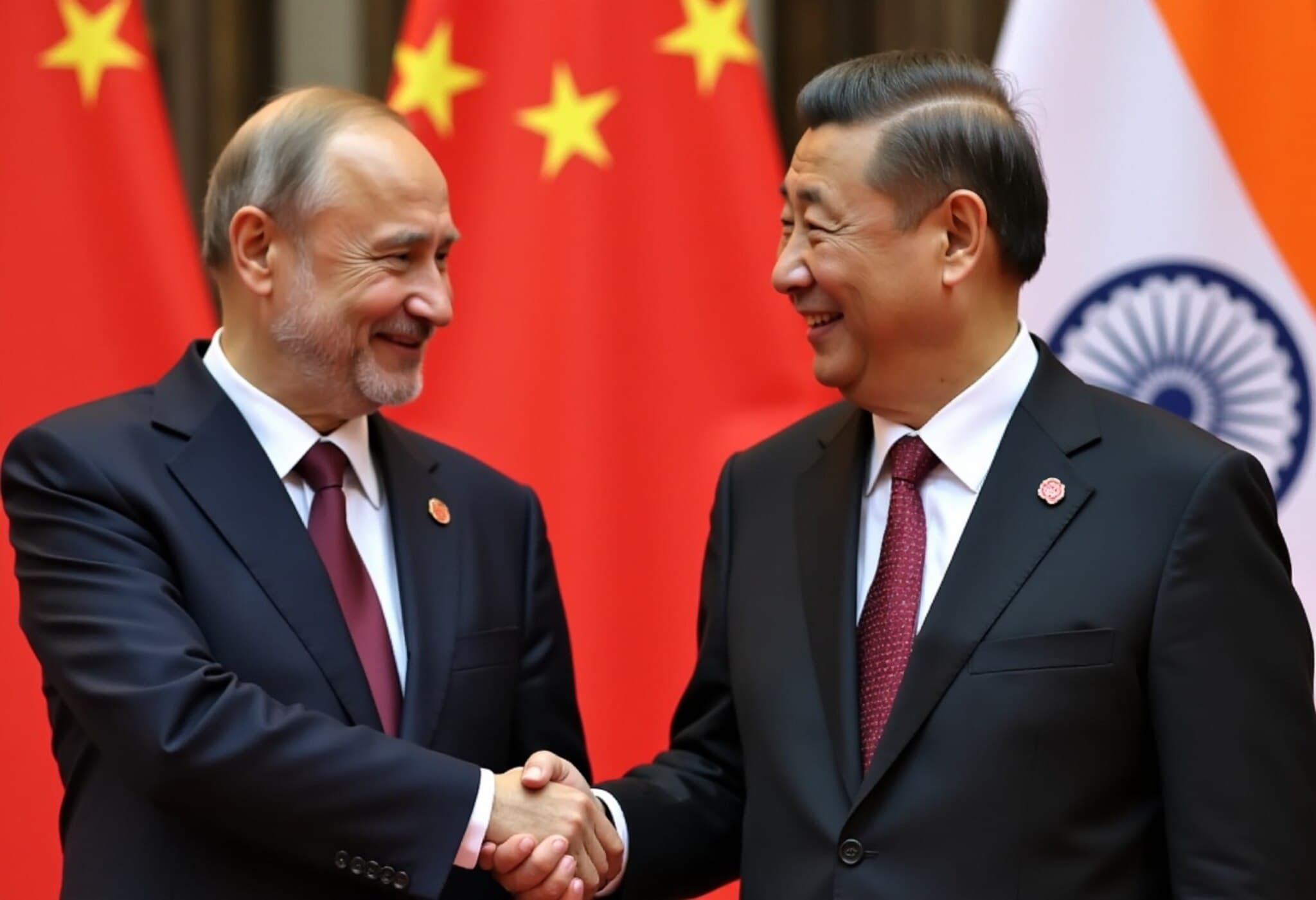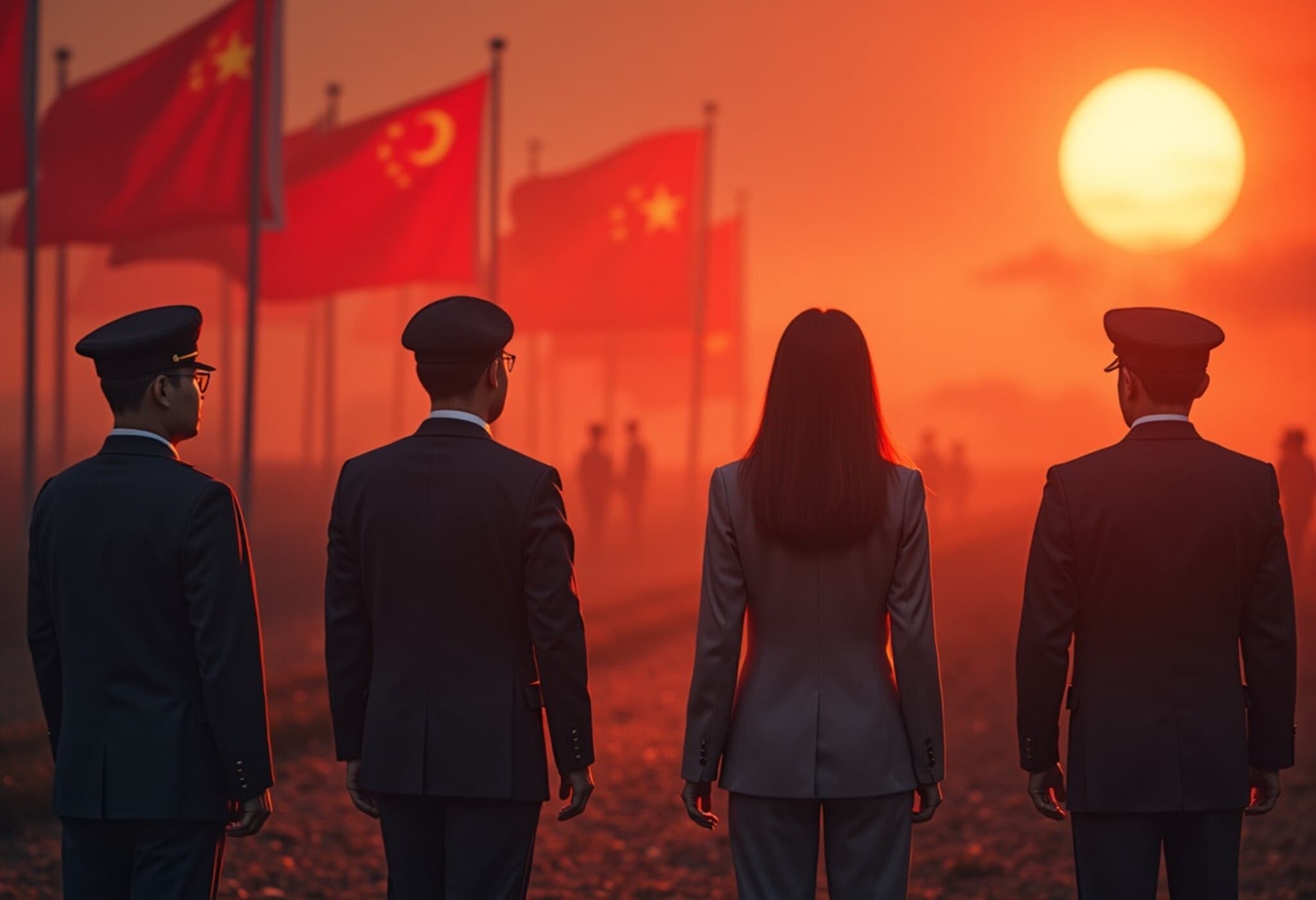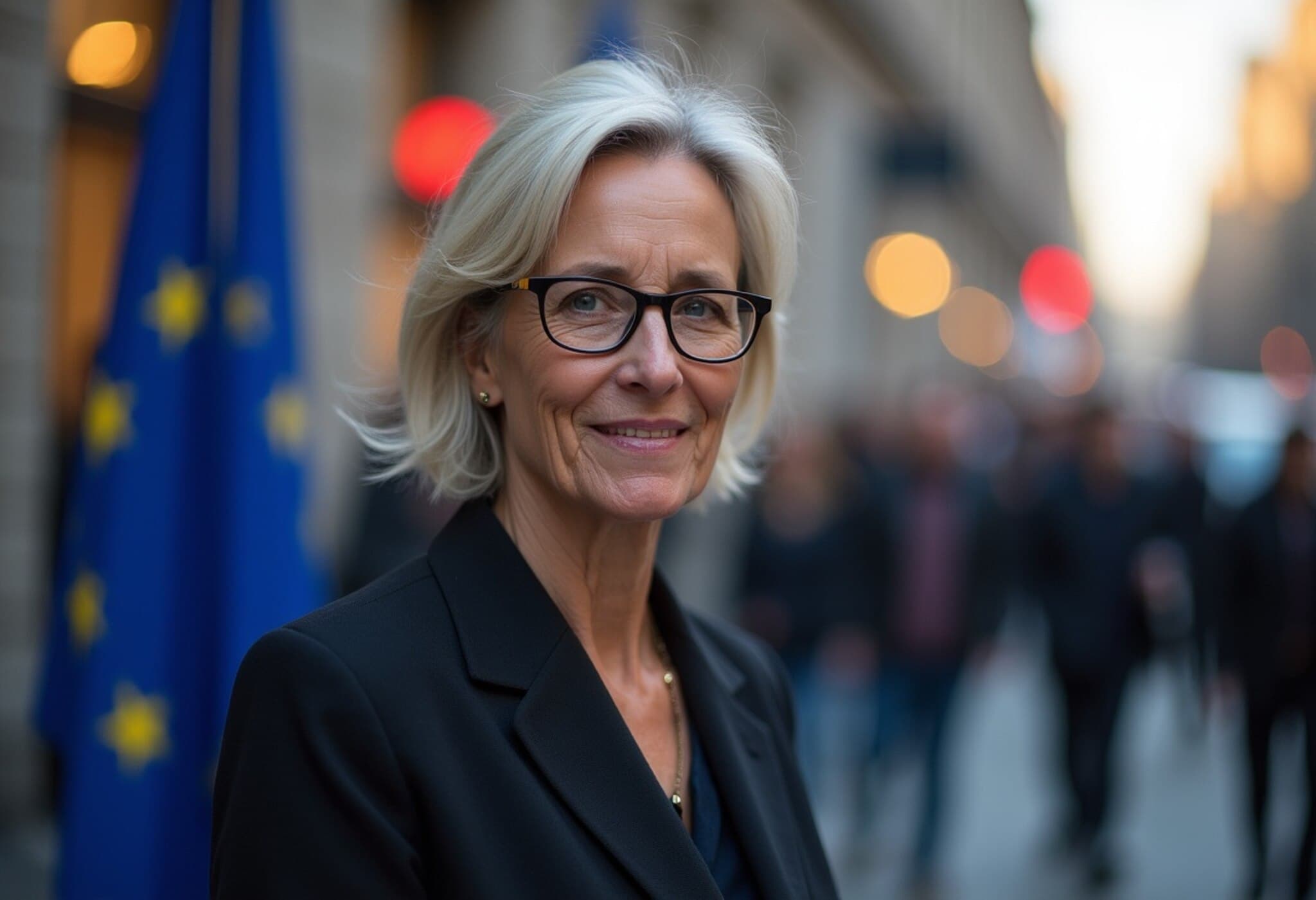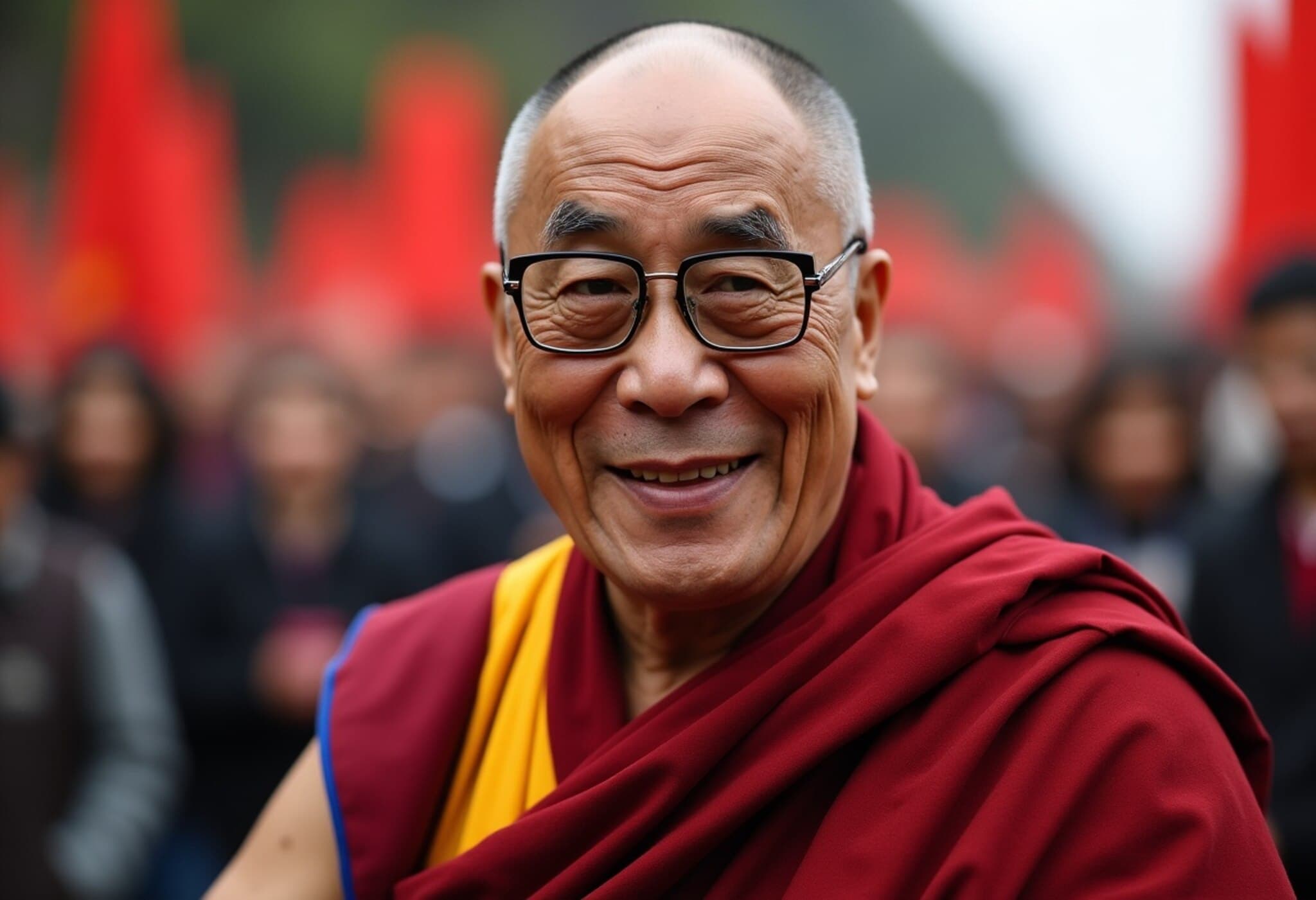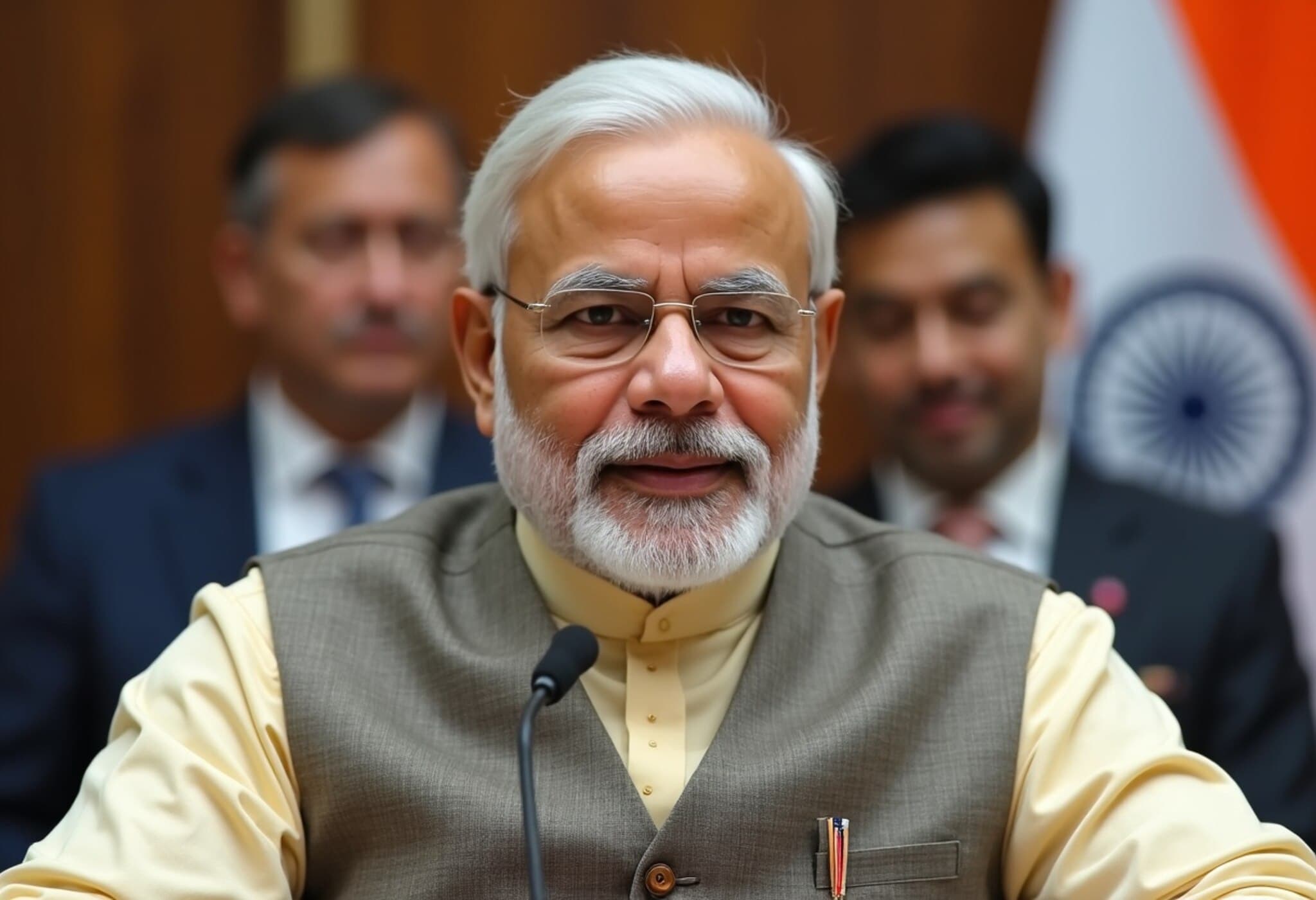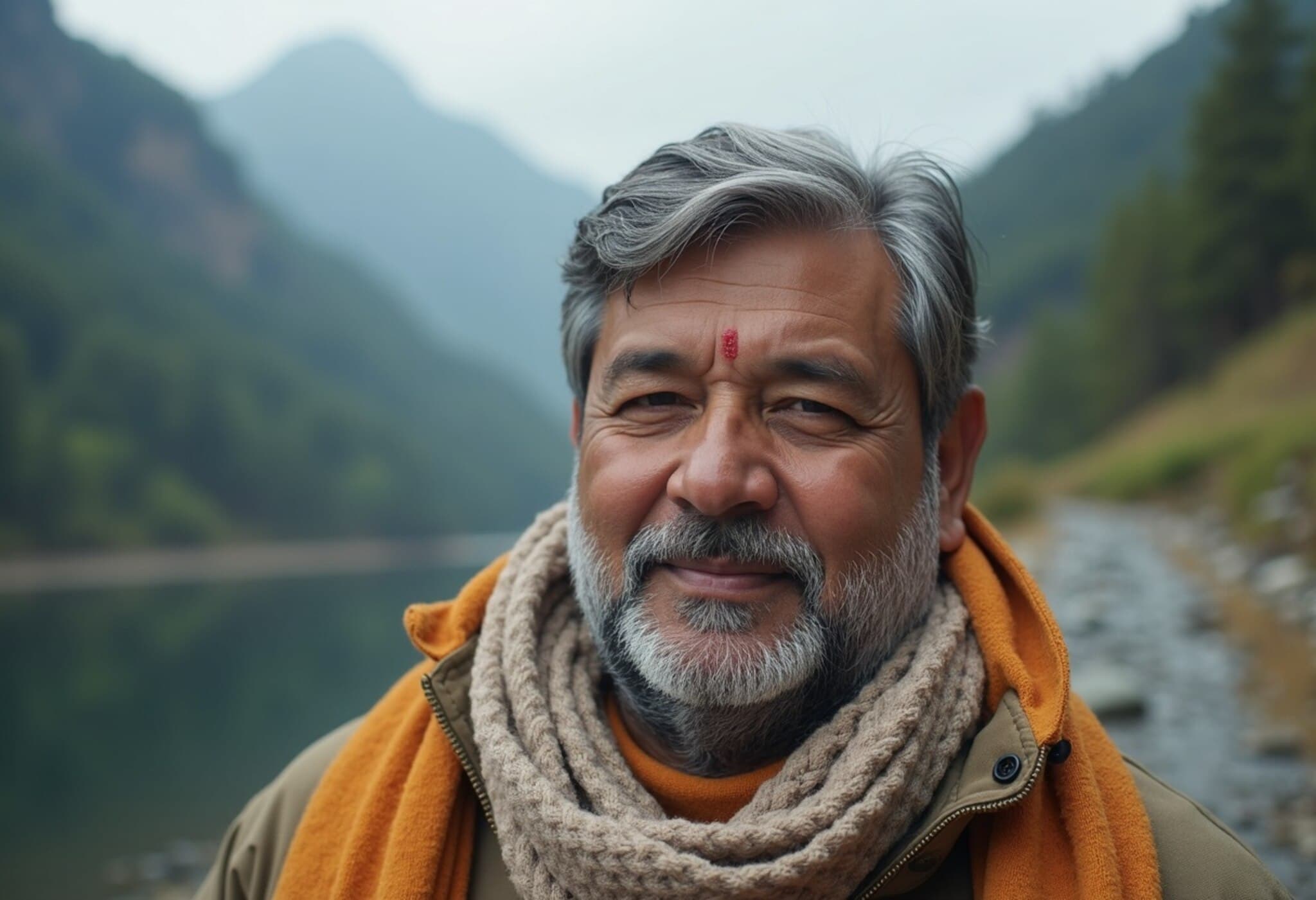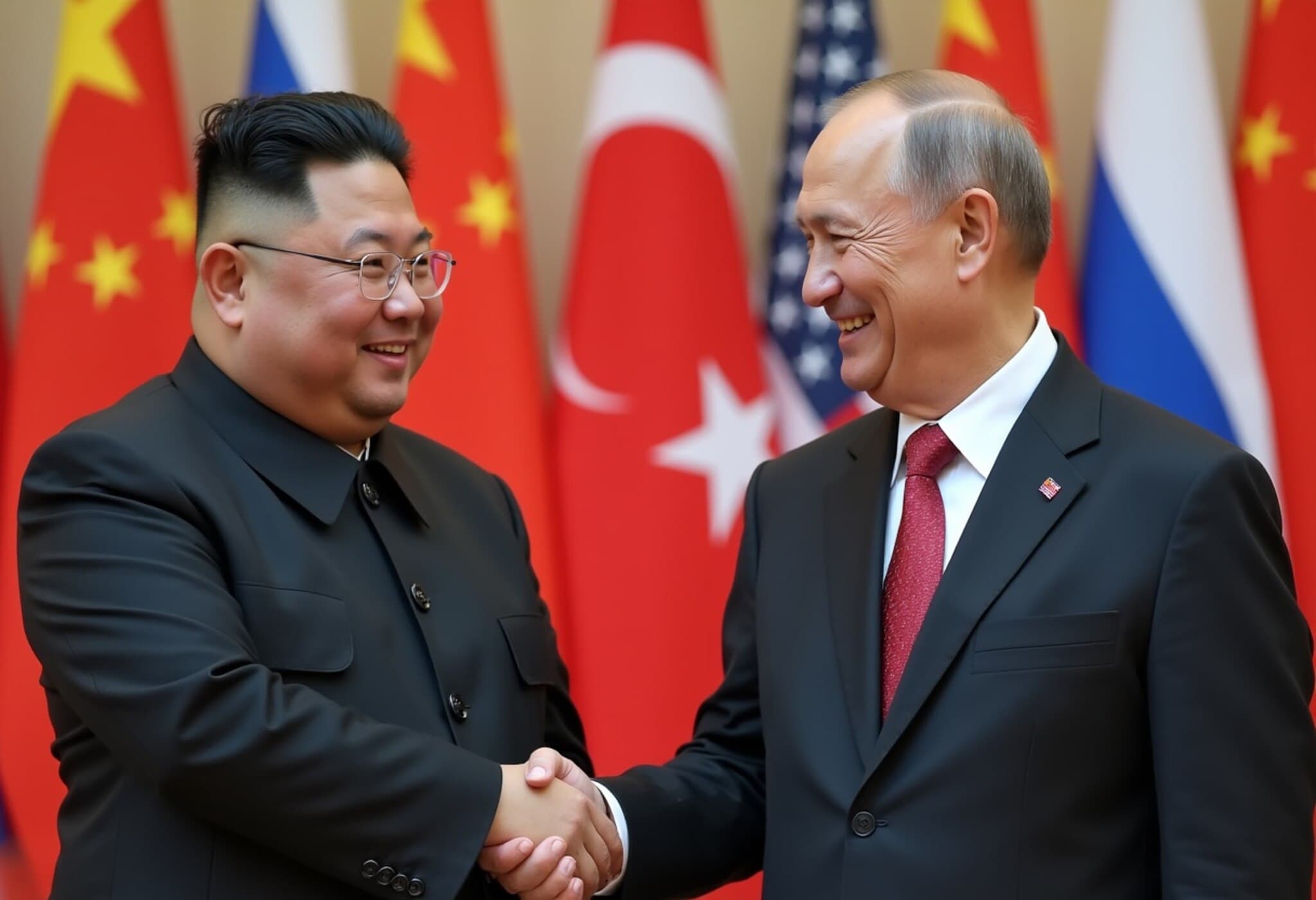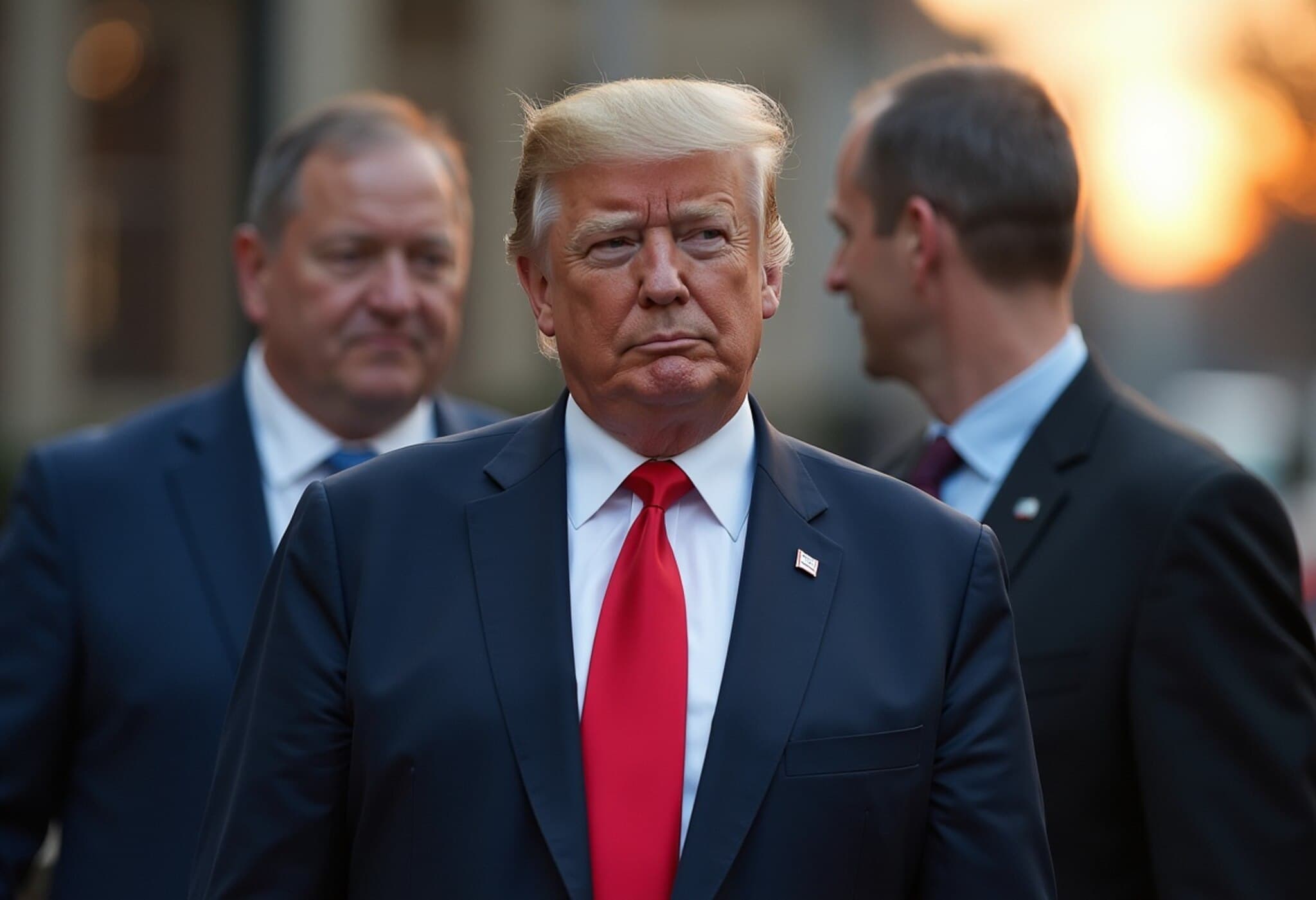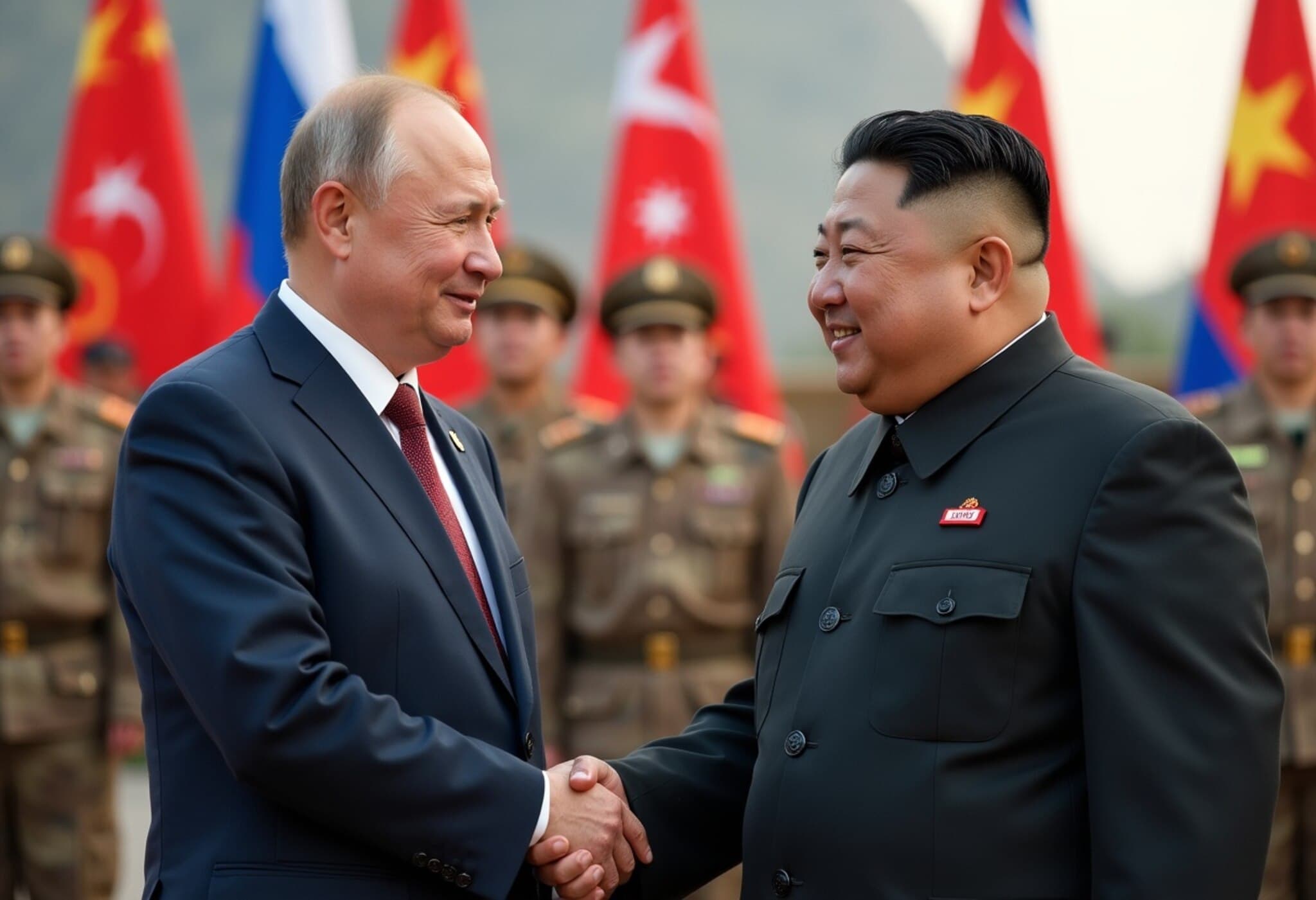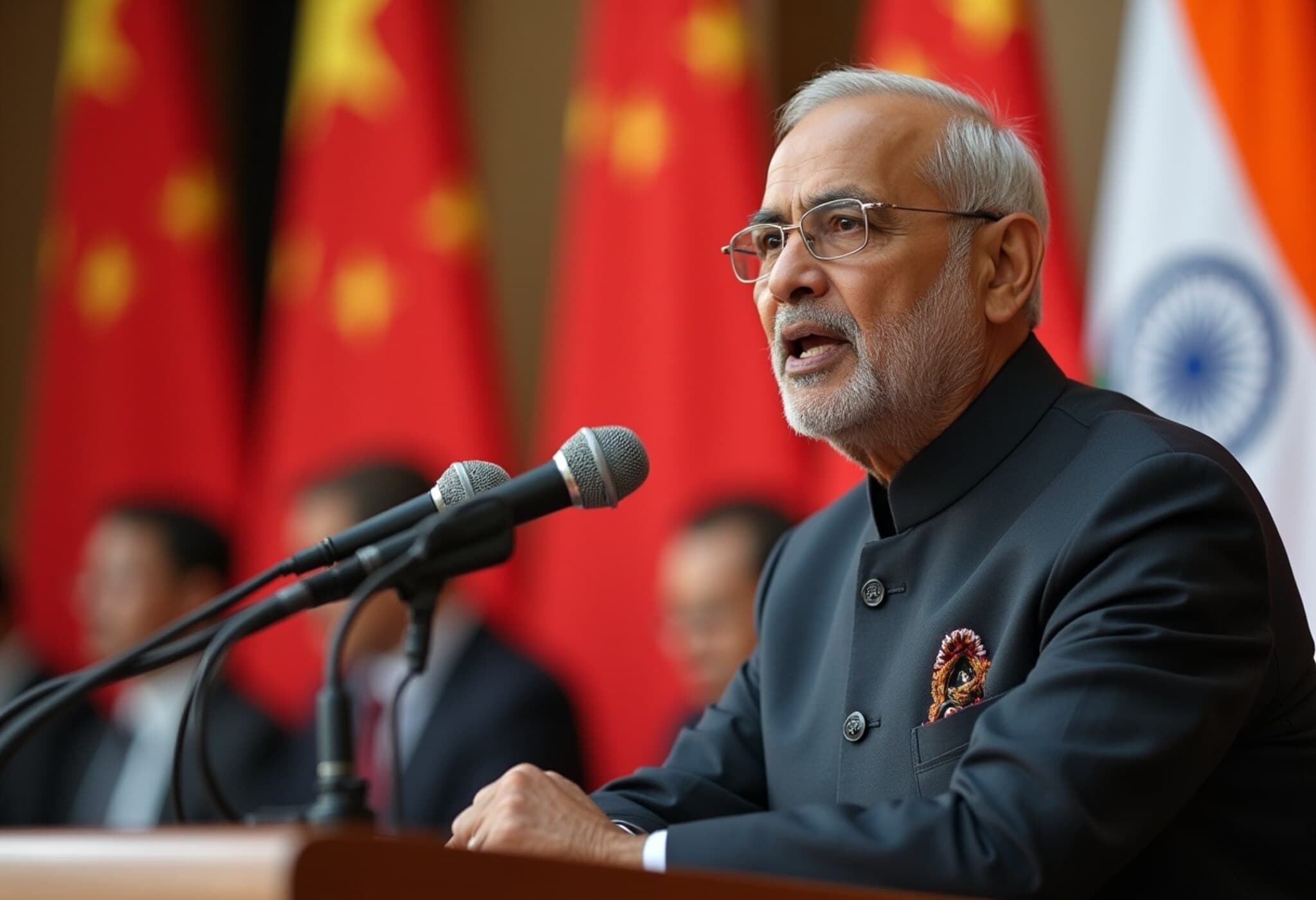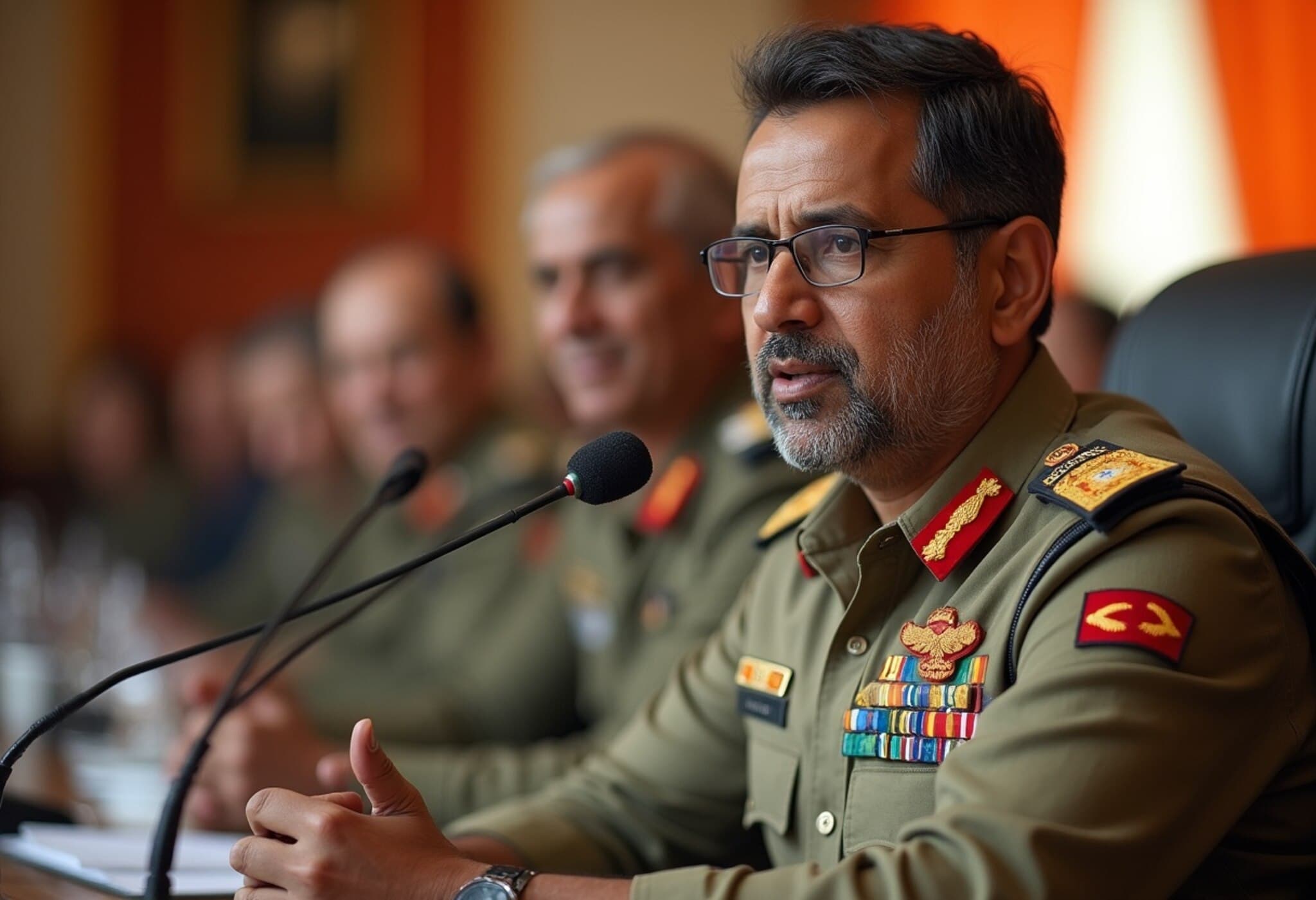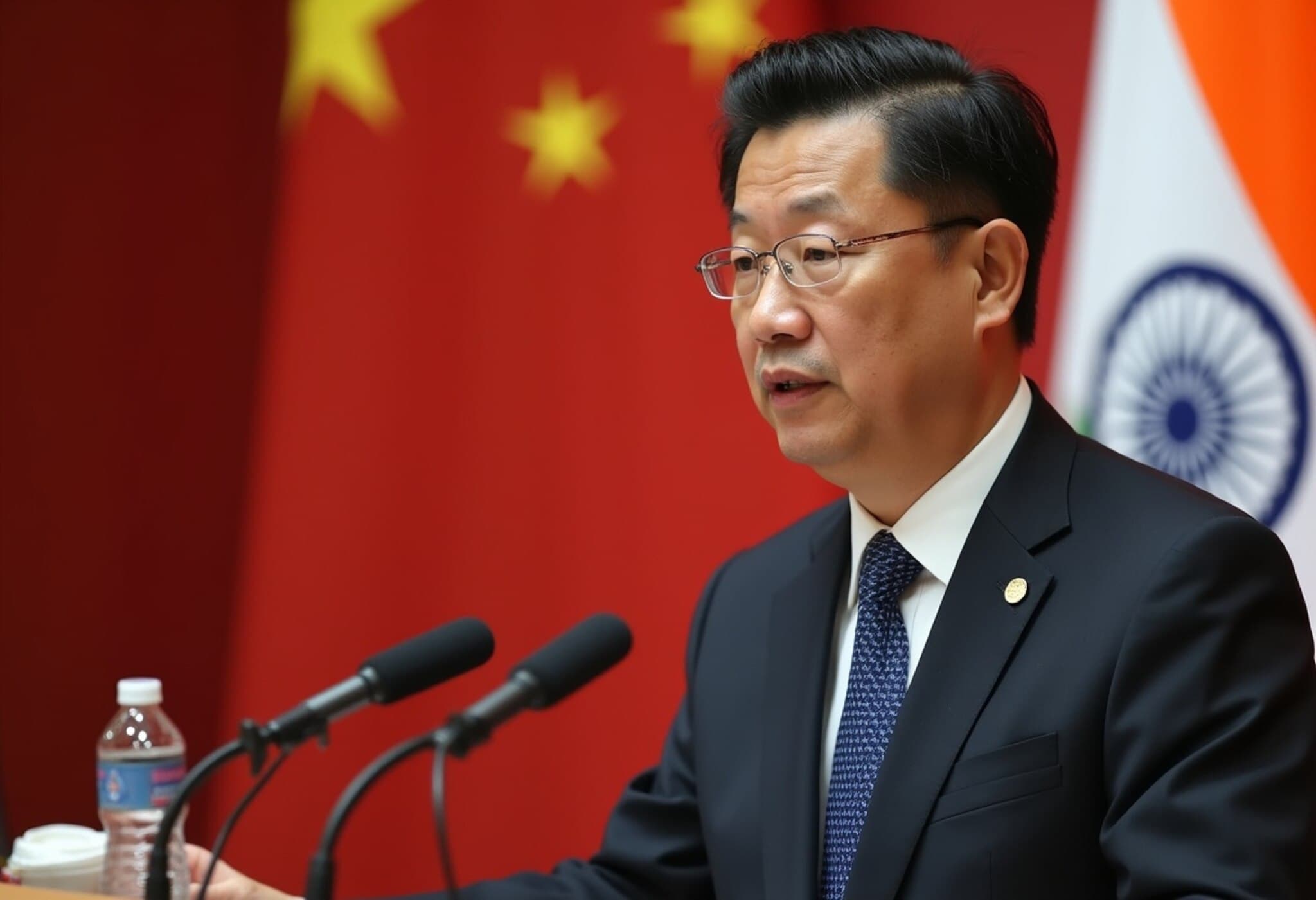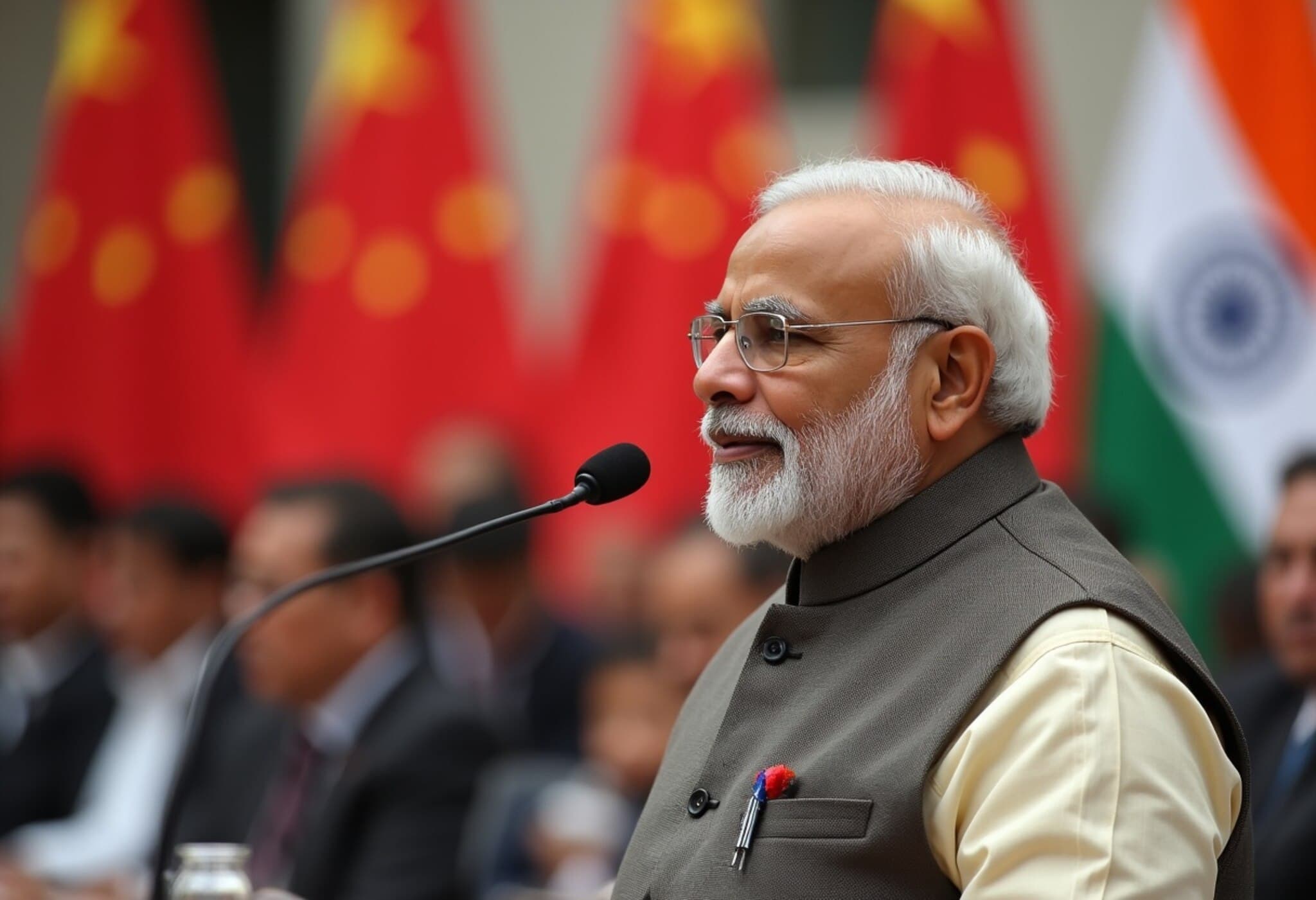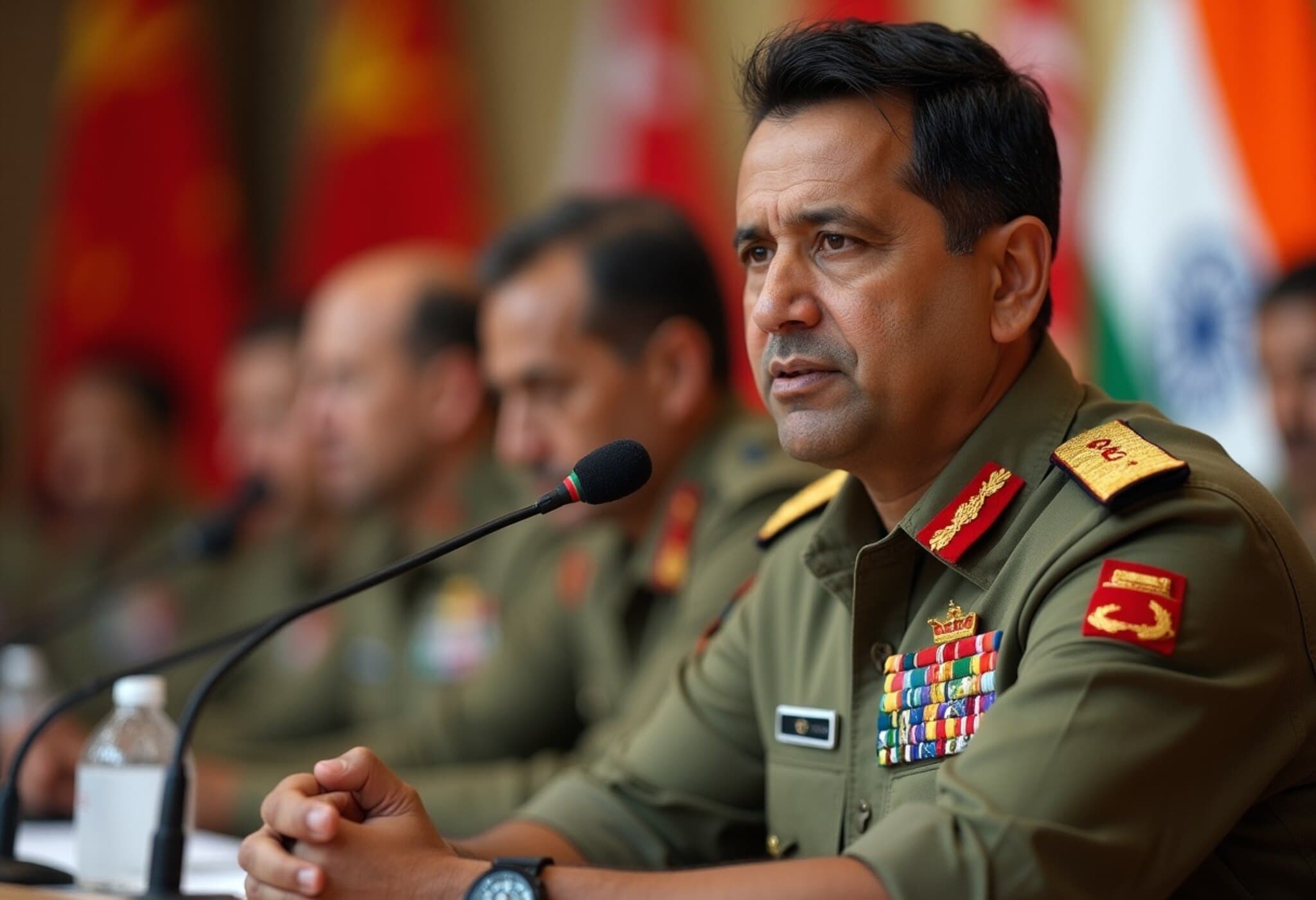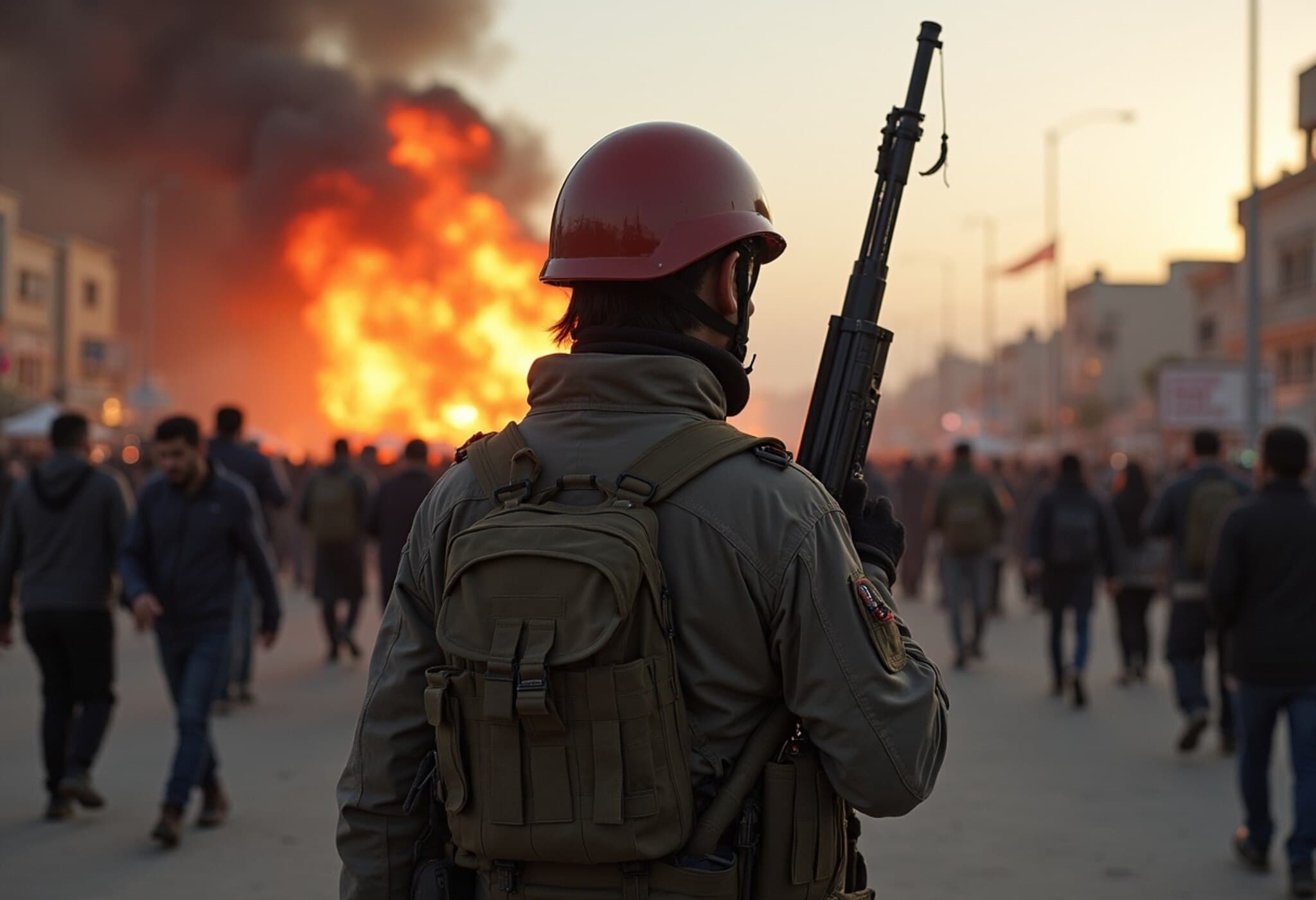China to Host High-Stakes SCO Summit Fostering Global South Unity
Next week, Chinese President Xi Jinping will personally welcome Indian Prime Minister Narendra Modi and Russian President Vladimir Putin at the Shanghai Cooperation Organisation (SCO) summit in Tianjin, marking a pivotal moment in evolving geopolitical alliances. This summit, taking place from August 31 to September 1, 2025, is shaping up as more than a regional gathering—it signals a renewed push toward a multipolar world order, highlighting deeper cooperation among Russia, India, and China (the RIC axis) amid mounting global tensions.
The RIC Axis: A Strategic Counterbalance to Western Influence
The personal meeting of Xi, Modi, and Putin—who were last seen together at the 2024 BRICS summit in Kazan—emphasizes the growing prominence of the Global South as a unified force with shared interests. This trilateral engagement aims to showcase an alternative vision of global leadership contrasting sharply with the traditional Western-dominated order, especially in light of ongoing US President Donald Trump’s efforts to isolate Russia and counterbalance China's influence.
Eric Olander, editor-in-chief of The China-Global South Project, highlights that this summit is about making a clear statement: “The efforts by the White House since January to counter China, Iran, Russia, and India have not yielded the intended effect. The rise of BRICS and the SCO is rattling the US, reflecting a fundamental shift toward a post-American-led international landscape.”
PM Modi’s Return to China: A Cautious Step Toward Defusing Tensions
Prime Minister Modi's attendance is especially significant given it is his first visit to China in over seven years. Since the 2020 border clashes that resulted in tragic loss of lives, India-China relations have been delicate and marked by frequent tensions. However, recent developments signal cautious optimism for thawing relations.
- Both sides are reportedly considering incremental border troop withdrawals.
- Trade and visa restrictions may see easing.
- Cooperation in areas such as climate change and people-to-people exchanges appears on the horizon.
These tentative steps align with India's priority of safeguarding sovereignty and territorial integrity, while also fostering economic connectivity.
The SCO’s Expanding Role: Symbolism and Substance
Founded in 2001 by six Eurasian nations to address regional security and counter-terrorism, the SCO has morphed into a broader platform with 10 permanent members and 16 observer and dialogue partners, covering Central Asia, the Middle East, South and Southeast Asia.
Despite its enlarged roster and agenda—including economic collaboration and military cooperation—analysts caution that the SCO has yet to translate its convening power into substantial policy achievements. Manoj Kewalramani from the Takshashila Institution notes, “While the SCO projects an increasingly influential narrative, its effectiveness in solving critical security issues remains limited.”
Persistent Challenges Within the Bloc
Tensions linger among member states, most notably between India and Pakistan. The failure to issue a joint statement at the SCO defense ministers’ meeting in June—due to India's insistence on acknowledging a terror attack in Kashmir—highlights the ongoing fissures. Additionally, India withheld support for the SCO’s condemnation of Israeli strikes on Iran, underscoring complex intra-bloc dynamics.
Geopolitical Implications and Future Outlook
The summit is expected to be the largest in SCO history, with heightened significance as the bloc seeks to embody a united Global South stance against what it views as Western dominance and unpredictable US foreign policy shifts. Notably, the summit coincides with growing US tariff pressures on India, adding urgency to India-China engagement.
Following the summit, Modi will depart China, but Putin is slated to remain in Beijing for the World War II military parade—an uncommon extended stay outside Russia that reflects deepening Sino-Russian ties.
Expert Analysis: More Than Meets the Eye
Observers remind us that the summit's true weight lies in its symbolic optics and narrative influence rather than immediate policy breakthroughs. This gathering reinforces the message that the Global South is coalescing as a formidable political and economic force, seeking to reshape international relations in a multipolar age.
As diplomatic chess pieces move on the global board, the SCO summit illustrates the nuanced pushback against the US-led order and offers a glimpse into how emerging powers are redefining cooperation, competition, and sovereignty in uncertain times.
Editor’s Note
While the SCO summit does not promise sweeping agreements, it highlights a critical geopolitical shift: the concerted effort by China, India, Russia, and other Global South countries to assert their collective voice. Readers should watch how the RIC axis maneuvers amidst the persistent rivalries and external pressures. Will this summit mark the start of a genuine multipolar balance, or will ongoing disputes, especially between India and Pakistan, hinder progress? The unfolding dialogues offer a front-row seat to 21st-century diplomacy’s evolving contours.

